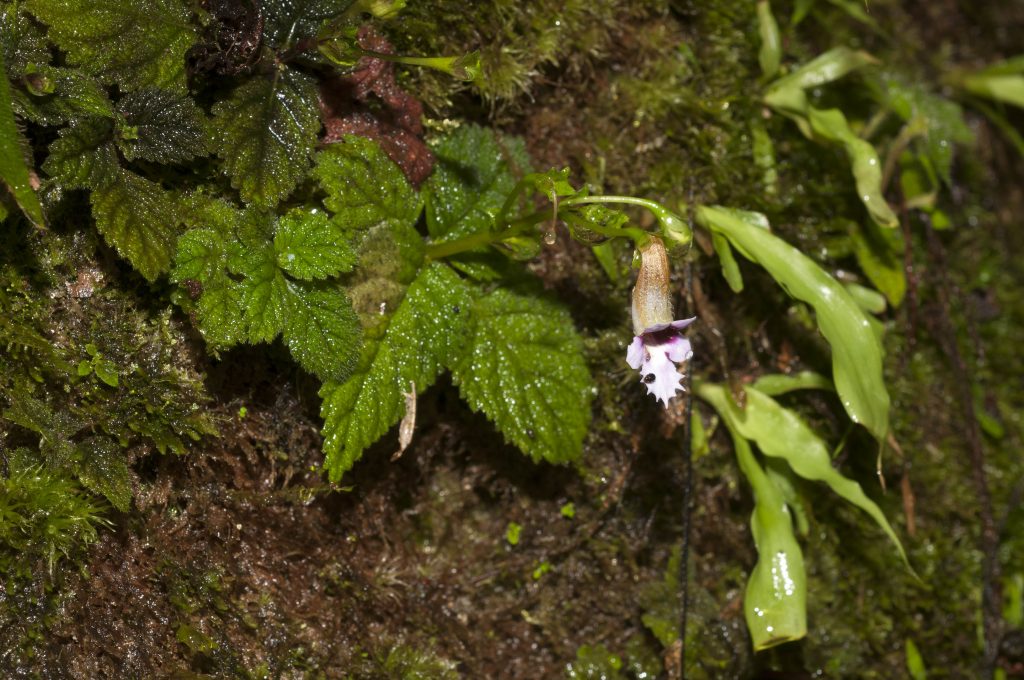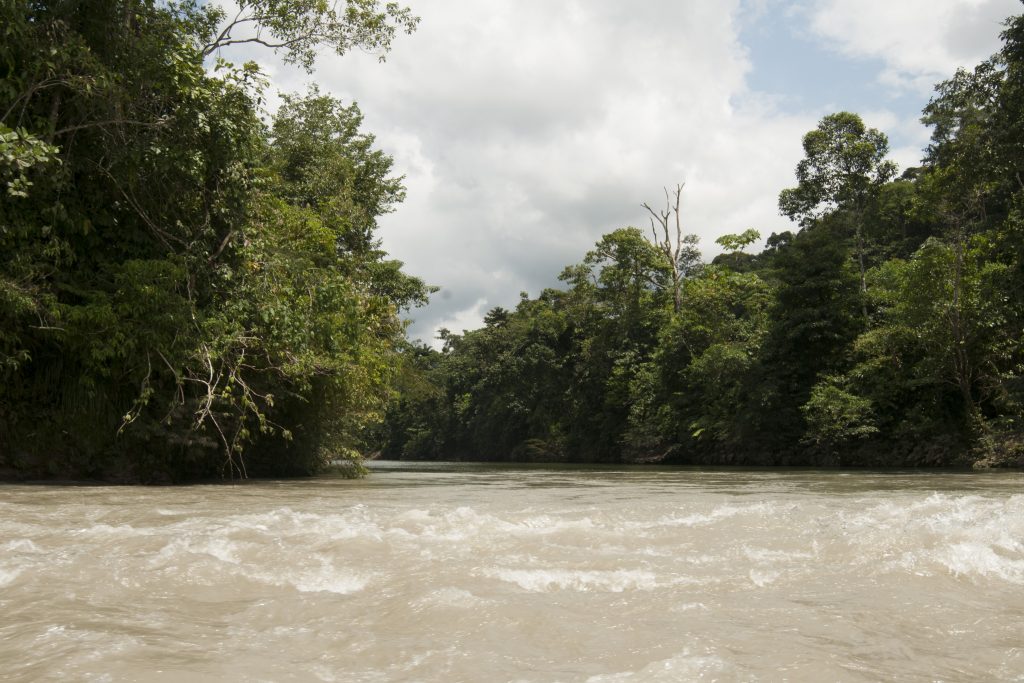The current, unprecedented scale of fire in the Amazon, the largest area of tropical rainforest in the world, a biodiversity hotspot, and a crucial resource in the fight against the climate emergency, is something that should concern us all, and scientists at the Royal Botanic Garden Edinburgh are no exception.
RBGE’s Tiina Särkinen and Brazilian colleague Domingos Cardoso of the Universidade Federal de Bahia, recently led an international effort to quantify the vast number of plant species in the Amazon, published in PNAS. Their list includes 14,003 species, around 14 times as many plant species are found in Scotland. And this number is increasing almost daily as new species are discovered: RBGE’s Peter Moonlight described a new Amazonian species – Diastema fimbratiloba – in the African violet family, Gesneriaceae, just last week. An unknown number of these species are threatened by the current crisis, alongside the animals with which they share the forest. As we continue to document the species of the Amazon, we face a race against time to determine their distributions and conservation status before they are lost for good.

Maintaining a richly biodiverse planet is crucial to mitigating the effects of the climate emergency, and the Amazon rainforest, stretching across nine countries, holds significant amounts of carbon. Threats from fire, drought, and logging all release carbon into the atmosphere and are encouraged by the removal of legal protection for indigenous forest reserves.
But there are ways forward. For instance RBGE and University of Exeter scientist Toby Pennington, funded by the Biotechnology and Biological Sciences Research Council (Global Challenges Research Fund), is working with a local non-governmental organisation (Instituto Ouro Verde, “Institute of Green Gold”) to develop small-scale farming systems based around native Amazon tree species in one of the most heavily deforested areas of Brazilian Amazonia. These systems of land use maintain tree cover and offer an alternative to large-scale farms soy or cattle farms, whilst providing small-holder farmers with improved incomes.
Elsewhere around the world, RBGE – a member of the Ecological Restoration Alliance of Botanic Gardens – is working with local institutes from Peru, Chile and Brazil to Africa and the Middle East to build skills and capacity to restore degraded forests and improve their potential as carbon sinks, biodiversity reserves, and providers of natural capital and ecosystem services.

From baseline biodiversity research, through practical support for stakeholders, to large-scale protection and restoration programmes, there are many ways to prevent the ongoing tragedy in Amazonia and the destruction of forests around the world. RBGE scientists and horticulturalists are working with decision-makers and local people to implement them. If you would like to support our work in the Amazon and elsewhere, please use the following link to donate: https://www.rbge.org.uk/amazon/.
